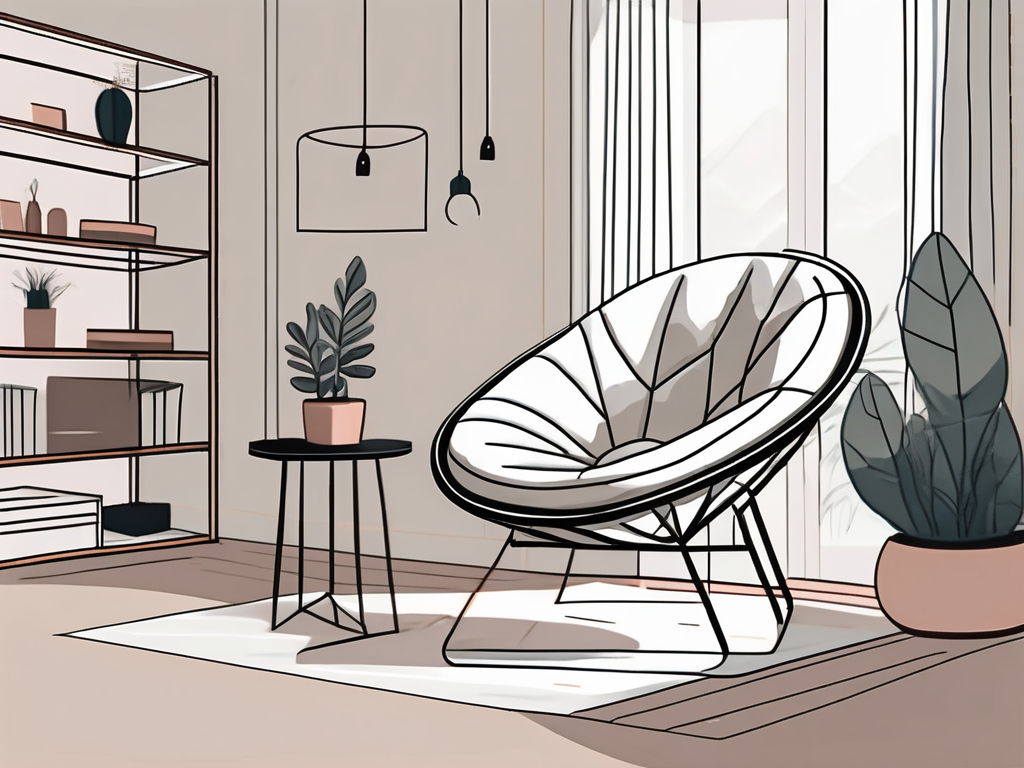When to Splurge and When to Save on Home Furniture
Struggling with furniture choices? Discover when to invest in high-quality pieces and when to go for budget-friendly options!

You can both save and splurge in making your home.
Furnishing your home can be a daunting task, especially when you're on a budget. Knowing when to invest in "nicer" furniture and when to opt for cheaper alternatives can save you both money and headaches in the long run. In this post, we'll explore the factors to consider when making these decisions.
1. Assess the Importance of the Piece
Before you make a purchase, think about the role the piece of furniture will play in your home. Here are some questions to ask yourself:
- Is it a focal point or a supporting element?
- How frequently will it be used?
- Does it serve multiple functions?
Invest in: Central or frequently used pieces, like a sofa or bed, are worth investing in. These items should be comfortable, durable, and visually appealing.
Go cheap: Smaller, decorative pieces that serve a limited function or are easily replaceable can be budget-friendly options.
2. Consider Durability and Longevity
When it comes to furniture, you often get what you pay for. Cheap furniture may have a shorter lifespan, while high-quality pieces can last for years, even decades.
Invest in: Items made from solid wood, sturdy metals, or high-quality fabrics are more likely to stand the test of time.
Go cheap: If you know a piece will be temporary or you plan to replace it within a few years, opting for a cheaper option can be more practical.
3. Evaluate Maintenance and Care
Different materials require different levels of care and maintenance. Before buying, consider the time and effort you're willing to put into maintaining the item.
Invest in: Easy-to-clean, low-maintenance materials are worth the investment if they help save time and energy in the long run.
Go cheap: If you don't mind regular upkeep or you're willing to replace an item that may wear out more quickly, a budget-friendly option may suffice.
4. Assess Your Personal Style and Tastes
Your personal style and preferences play a crucial role in deciding whether to invest in nicer furniture or go for cheaper alternatives.
Invest in: Classic, timeless pieces that align with your long-term style preferences are worth the investment.
Go cheap: Trendy, fast-fashion furniture or items that you may tire of quickly can be budget-friendly options.
5. Weigh the Environmental Impact
The environmental impact of your furniture choices should also be considered. High-quality, durable items often have a smaller carbon footprint over time.
Invest in: Sustainable, ethically-sourced materials and well-crafted pieces that won't end up in a landfill within a few years.
Go cheap: If you must choose a cheaper option, look for second-hand items or those made from recycled materials to minimize environmental impact.
6. Factor in the Cost of Replacement
Lastly, consider the cost of replacing a cheap item multiple times versus investing in a higher-quality piece that will last much longer.
Invest in: Items that would be more costly to replace frequently, like sofas, dining tables, or beds, are worth investing in upfront to save money in the long run.
Go cheap: For items that can be easily and affordably replaced when they wear out, like throw pillows or accent chairs, it's okay to go for budget-friendly alternatives.
Final Thoughts
Deciding when to invest in high-quality furniture and when to go for cheaper alternatives is a balancing act that depends on the importance of the piece, its durability, maintenance requirements, your personal style, environmental impact, and the cost of replacement. By carefully considering these factors, you can make smart choices that will help you create a beautiful and functional living space without breaking the bank.
Remember, you don't have to sacrifice quality for affordability. Take advantage of our price comparison tool to find the best deals on both high-quality and budget-friendly furniture for your home. Happy shopping!

Dane Hurtubise
Co-founder & CEO of Spoken
Dane Hurtubise is the Co-founder & CEO of Spoken. He has led two venture-backed companies and is a two-time Y Combinator alum. Prior to Spoken, Dane sold his previous company, Parklet, to Greenhouse Software where he served as VP of Platform and Partnerships. An avid runner, cyclist, and Pilates enthusiast, Dane holds a BS in Electrical and Computer Engineering from the University of Texas at Austin.
Read more

